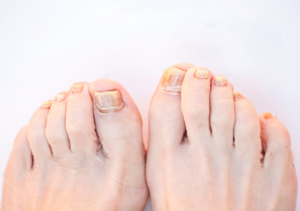Trophic ulcers, also known as neurotrophic ulcers, are chronic wounds that typically develop due to nerve damage (neuropathy), resulting in a lack of sensation in the affected area. These ulcers are often seen in individuals with conditions such as diabetes, peripheral neuropathy, or spinal cord injuries. They commonly occur on the feet and ankles but can develop on any pressure-prone area of the body.
Causes of Trophic Ulcers
- Neuropathy: Nerve damage, particularly in conditions like diabetes, can lead to a loss of sensation in the feet. This lack of sensation means that injuries or pressure sores can go unnoticed and untreated, leading to ulcers.
- Pressure: Continuous pressure on certain areas of the body, especially in individuals who are immobile or have limited mobility, can cause skin breakdown and ulceration.
- Infections: Infections can complicate and worsen existing wounds, leading to ulcer formation.
- Poor Blood Circulation: Conditions such as peripheral artery disease (PAD) can reduce blood flow to the extremities, impairing the healing process and increasing the risk of ulcers.
- Trauma: Minor injuries or repetitive trauma to insensitive areas can lead to ulcer formation.

